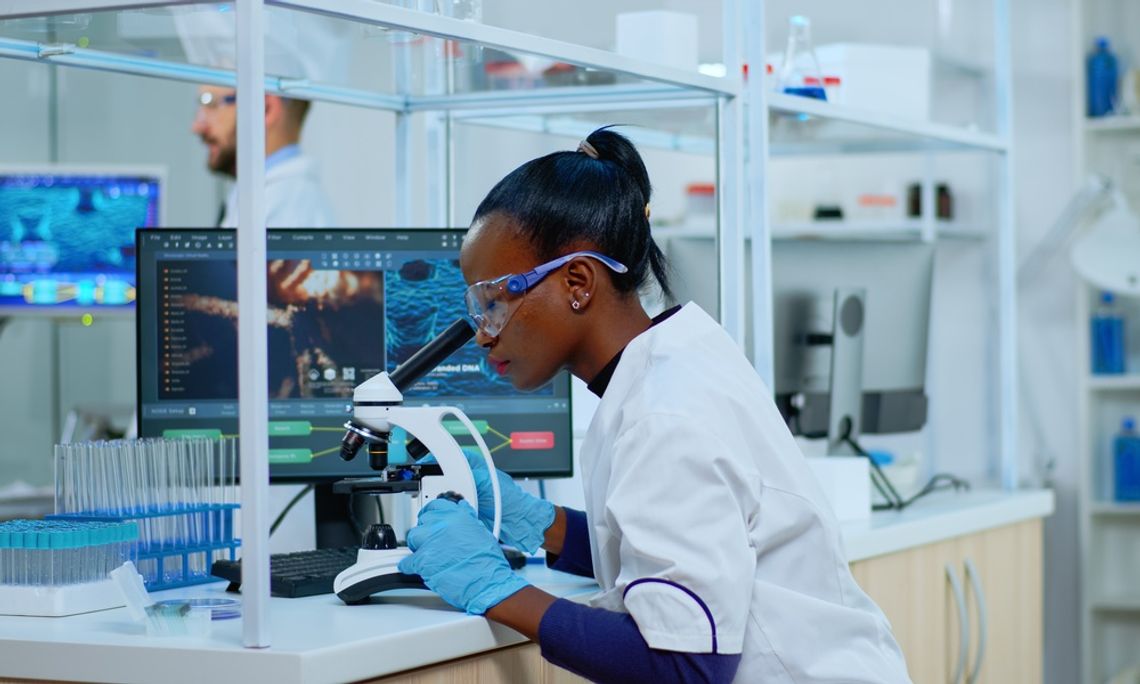Clean environments are the backbone of valid, reliable scientific results. Lack of cleanliness invites contamination, which disrupts findings, wastes resources, and compromises safety. By focusing on maintaining a clean research space, professionals safeguard procedures, equipment, and outcomes.
Here’s why cleanliness is fundamental in scientific facilities and how it directly impacts results.
Preventing Contamination Protects Research Accuracy
Contaminants in a lab environment can compromise experiments by introducing unwanted variables that interfere with the accuracy of results. Even tiny particles, such as dust or microbial spores, can skew data and lead to unreliable or inconsistent findings.
For example, if an overlooked contaminant causes inaccurate data, the credibility of the research may be severely damaged, potentially wasting time and resources. Maintaining strict cleanliness protocols, including sterilization and proper handling procedures, minimizes risks and ensures outcomes align with research objectives.
Improving Laboratory Safety
Clean labs enhance safety for personnel and work environments, and ensure more reliable experimental results. Spaces free of debris and build-up reduce hazards during experiments involving volatile or hazardous compounds, minimizing the chance of accidents or contamination.
Knowing how to properly disinfect a lab—using appropriate disinfectants, sterilization techniques, and safety protocols—helps effectively remove harmful microbes, bacteria, and viruses, thereby protecting everyone involved in the investigative process and maintaining a sterile environment.
Preserving Equipment And Resources
Science depends on precise instruments that need clean, controlled environments to work effectively. Dust, residues, or other contaminants can reduce their performance over time, causing increased wear and shorter lifespans. This deterioration often leads to higher maintenance costs and more frequent repairs. Keeping the environment cleaner helps maintain the accuracy and reliability of these tools, reducing the resources spent on repairs and replacements.
Moreover, a dust-free, well-maintained setting allows the instruments to perform consistently and accurately, which is essential for reliable and reproducible scientific experiments.
Creating A Professional Atmosphere
The importance of cleanliness in scientific research extends beyond experiments. Spotless labs signal professionalism, commitment to rigor, and organization. They demonstrate a commitment to reliable research, encouraging collaborations and stakeholders who appreciate consistency. A tidy environment builds confidence in both methods and results.


Comment
Comments